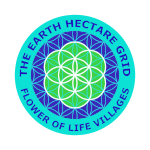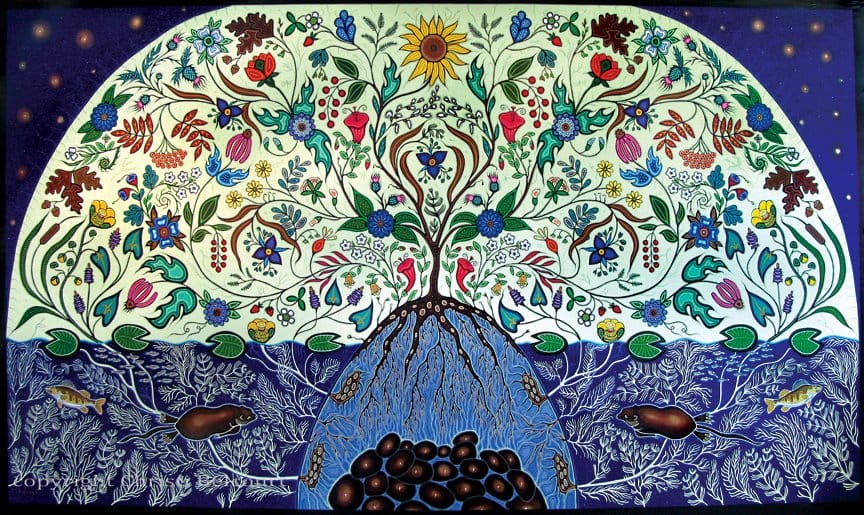This article is about the ‘World Worth Bank’. For the word ‘Worth’ also ‘Value’ or ‘Wealth’ can be used. These are translated from the name of the Bank in Dutch language:
De ‘Wereld Waarde Bank’. ‘Wereld’ is ‘World’, and ‘Waarde’ is literally ‘Worth’ and ‘Bank’ well that happens to be exactly the same in both languages. But it’s a different Bank. Therefore the words ‘Value’ and ‘Wealth’ also relate to the Worth of this Bank. These may at times also be used in this article.
The idea for this bank originated in 2012, but has been further developed in 2023 after the creation and expansion of the EarthHectareGrid.com (and a related site in Dutch language Hectarendorp.nl), and being edited once more on august 25th 2024.
So after reading this, you might wonder:
WHAT IS THE WORLD WORTH BANK?
The World Worth Bank, or World Wealth Bank, is a connecting body between several ‘family-domains’ and the villages that those are situated in. The Bank is also related to the villages and cities of surrounding inhabited areas. (for the explanation of what a family domain is see further below).

One of the meanings of the word ‘bank’ is as a ‘central repository and exchange place’ and also just as ‘repository’. In Dutch language those are places where something is kept until it’s ready for use, such as: ‘databank (database)’, ‘address bank’, ‘seed bank’, ‘food bank’ or even a ‘sandbank’. Thus in this capacity the Bank is not an institution that holds citizens’ funds.
WHAT IS A FAMILY-DOMAIN?
A family domain is a plot of land on which a family lives with succesion. This land parcel has the size of one hectare. A hectare is 2.4 acres in size. The family domains exist tax-free and can be inherited by the future generations of the family that lives there!
The idea of a family domain is first described by the Russian author Vladimir Megre in his Anastasia bookseries. If one sympathizes with the idea of family domains it is surely recommended to read them!

What are specific features of family domains? First of all, the family must actually live on the hectare-plot. One may not manage housing elsewhere. And of course, while living and thriving on one’s family domain, good neighborliness and citizenship comes first.
Other words for ‘family domains’ are ‘family homesteads’ or ‘kins-domains’. Some also use ‘family home-grounds’ or ‘family birth-grounds’ the latter is naturally in the ‘Mother-land’.
There are many more guidelines and inspirations for these family lands. Some are important to mention for this article!
For example, each hectare plot has a ‘living’ fence of trees (and shrubs and bushes underneath).

Also a quarter of the family domain must consist of forest! This is thus a quarter of a hectare, which is slighty more than half of an acre (0.6 ac).
EVERGREEN FOREST OR ‘FOOD’ FOREST
This forest can be mainly filled with evergreen trees such as conifers. Among those are cedars and pines. These type of trees are mainly one tree species in a forest.
Others might prefer what is nowadays called a ‘food’-forest. This could be one orchard of fruit trees and/or nut trees situated on half of an acre. There could also be more smaller orchards spread over the terrain.
There is also a water body on every hectare-parcel. We’ll get into all of this more later on.
WHAT IS A FAMILY-DOMAINS VILLAGE?
A few family domains adjacent to each other may also be called a ‘family-domains settlement’. When there are a whole lot of them it’ll be a ‘family-domains village’.
Such a village may embed of a maximum of 150 hectares, including 7% of the surface as a center. For instance, a kin-domains village of 150 hectares, will have a center of 10.5 hectares in size. Thus there’s room for 140 family homesteads in the village.
THE BINOCULARS
Now what has the World Worth Bank to do with those family domains? Well the idea of such a Bank has risen because of its purpose. And this is already visible as a green dot on the horizon! If we want to come closer to it, or actually live in it, we might want to hike in that direction! Therefore is the green dot further described in this article by setting out several sub-goals of the Bank.
Just in case this sounds a little bit vague, with the help of a binoculars we can already get the dot on the horizon closer in view. It appears to be the green living fence of this beautiful family-domains village. Look! Is that a family domain right there where the sun shines through the trees?
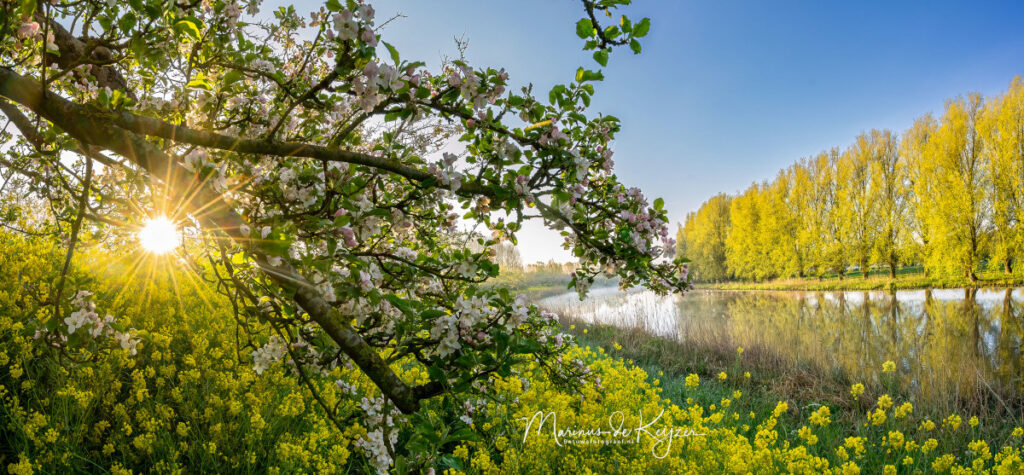
LOGO WORLD WORTH BANK
The logo placed below is a first impression for the image of the World Worth Bank. As a playful idea, an existing image of a crop circle has been edited.
After all, the design is so beautiful because of the young plant that symbolizes renewal!
For the World Value Bank, it also stands for the importance of a healthy ecology as the basis for all life.

The Latin caption ‘Ad Valorem’ means ’to the value’. The bank implements ‘valorization’, which is ‘reassessment of the value of a debt, of prices, or ‘raising to a certain level to make production profitable again’. ‘Infinitum’ means ‘everlasting’.
Also, according to the dictionary: “The word ‘value’ has meaning in the moral, spiritual, psychological, social, religious and aesthetic relations of people.”
AND… A LITTLE BIT MYSTERY
The signs in the circle margin of the logo are as mysterious as the phenomenon of crop circles themselves.
This phenomenon has largely been taking place in England for decades. But no one has ever seen how these gigantic formations were created overnight in the grain fields.

When you love spring.
We could perhaps also relate those symbols as a metaphor to its mysterious origins. And as for the World Wealth Bank, no one knows exactly how it will function. This is indeed still unexplored territory for all of us! But it will happen. For some the picture has become already much more clear!
THE MEASURE OF THINGS
Freely associated with the above, all World Worth Bank’s transactions and investments refer to questions such as: How can we best relate to the right measure of things for all species to thrive? What is the natural balance between people, nature, the animal kingdom and the planet?
One of the starting points could be, for example, an economic system with stable values.

REGISTRATION AND EXCHANGE
So what exactly does the bank do? According to expectations, family-domain villages will produce a generous harvest. This is to do, among other things, with the previously mentioned green guidelines for family-domain lands.
The harvest is of course primarily intended for the residents of the family-domain villages themselves!
HARVEST SURPLUS
However, given the area of land to be managed in relation to the number of people living on it, harvest surpluses may even arise!
One of the functions of the Bank could therefore be to register the surpluses of the harvests of the family-domains from the villages. These can be donated to people in cities. After all, they do not have land to grow their own food.

Let’s take another look with the binoculars. We can even zoom in on the outer flower strip of the village! Here the bees fly back and forth diligently!
To this end, one acre or more of every hectare could be made available for crop production. Examples include protein-rich crops (such as lupine beans), deep-rooted crops (for soil recovery), grains, potatoes, pumpkins, sunflowers. One can also do crop rotation.
DISTRIBUTION ACCORDING TO SUPPLY AND DEMAND
However, the supply and demand model does not relate to barter, but to distribution according to supply and demand. The aim here is a fair distribution key. That is to say, according to the needs of every living being and shared equally among us all.
So, exchanging harvest surpluses is not based on a revenue model? Yep, that’s right!

The beautiful photos in this article are this time by Marinus de Keijzer,
the BetuweFotograaf.nl.
A selection of these still lifes in the countryside has been chosen as it can also look in a hectares-village. Just imagine, the whole of the Netherlands is so beautiful! How would areas look like in your country?
The exchange is primarily aimed at providing the basic necessities of life for all people in the country. This also applies to the food of all domesticated animals. Even wild animals have been taken into account in the design of this plan.
REGISTRATION AND GRANTING FREE HECTARES
What else does the Bank do? Another important function of the World Value Bank is registering free land and ‘granting’ these plots of land in hectares to families. These plots of land are then called hectare-parcels.
GRANTING LAND
The ‘granting’ of hectare parcels by the World Value Bank refers to the act of the bank as Lieutenant Governor to ‘pardon’ and ‘allow’ the management of the land by third parties with succession.

What does ’third parties’ stand for in this case? ‘Third parties’ can be either one or more individuals such as one man or woman, or a couple, or head of the family, who have the intention of establishing a ‘family domain’ with succession.
The ‘granting’ of land by the World Value Bank therefore does not include the principle of ‘lending’, as lending requires a ‘giving back’ of the land sooner or later.

Watering blossoms in orchards in spring at late frosts. This keeps the blossoms intact (otherwise the fruiting will not occur).
GIVING BACK OR RETURN
For example, theoretically a hectare plot can be ‘given back’ to the bank when there is no succession. But in fact, the land cannot be given back, not manually as ground can’t be moved, nor on paper either, as such a thing is simply not possible. The bank does not own the land.
A better word, in case when there is no succession from the family that manages and lives on the hectare-plot, is perhaps ‘return’. But it isn’t there to stay, since the ‘return’ in this case means that the land immediately becomes eligible for granting again as a ‘free registration’. This is for example for a new founder of a family estate.
POND OR SMALL LAKE
As shared before, each hectare-plot has a water body. This could be a pond or even a small lake. Such a lake can be created when several family domains merge their ponds.

For example, the families can merge their ponds at the adjacent corner points of a few hectares. These can be 2 or 3 or even 4 hectares connected together, which depends on the lay-out of the hectares. Ditto for several quarter-hectares of forest.
HIGHLY VALUATED
More information about establishing a family domain and settlements or villages can be found in the afore mentioned books. Among these are a number of legal articles that have also been placed on this site under
the menu GROUND LAW.
They have however been slightly altered for the situation in the Netherlands (and is probably also suitable for other countries).
They can now be seen more as guidelines. And these can be adjusted by the peoples according to their own management principles.
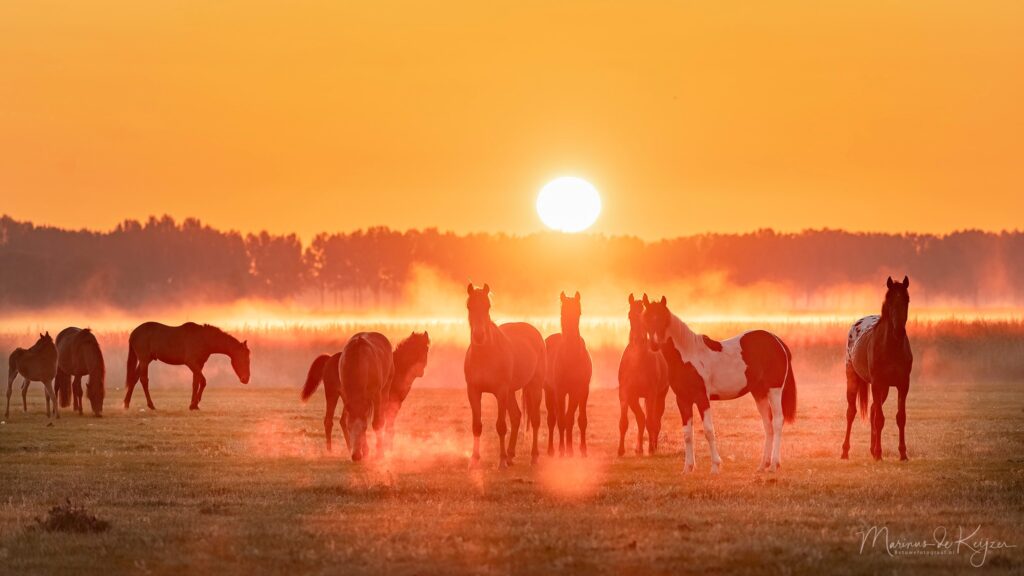
The Earth Hectare Grid however is in favor of upholding these legal articles with due respect to the original ideas of the initiator.
And The World Worth Bank would also prefer to use them as a moral basis to establish the family domains on the land. This is one of the main goals of the Bank, to co-create this new way of living with mutual respect to all life. So this is where the word ‘Wealth’ comes into play as well!
RE-ESTABLISHING ON THE GROUND
In Dutch language the author of this website has therefore decided to call those articles in Dutch language ‘Het Grondvest’. Those words are derived from the verb ‘grondvesten’ which stands for ‘settling or establishing on the ground’.
This word formation came to mind because the Earth Hectare Grid intended to use the Dutch word ‘grondwet’. This consists of two actual words ‘grond’ and ‘wet’. They literally translate as ‘ground’ and ‘law’. So one might conclude that these laws are regarding the use of the ground and the land. In a way that is true, since the land or the ground is the base on which everything is established. However, the non literal meaning of the word ‘grondwet’ in Dutch language is ‘constitution’!
Thus the word ‘grondwet’ couldn’t be used as this is already used for all legal practises in the Netherlands. And often it has nothing to do with the ground. So this is why the re-establishment on the ground via the word ‘grondvest’ turned out to be a good outcome!
ONE MILLION HECTARES
Now, the Netherlands is a small country but densely populated. There isn’t enough agricultural land available to house all Dutch people in family size on hectare plots. When there’s an average family of 4 people per hectare, half of all the Dutch people could live on family-homesteads.
But, what do you think, not everyone in the Netherlands will feel called upon to manage a hectare of land! And this will be most likely the same for other countries, right? So for the Netherlands an estimate of 1 million hectares has been assumed sufficient in an imaginary situation.
Even 2 million hectares would be feasible if the entire Dutch population were to aspire to that. Then the big cities need to crumble a bit. It is important to let these figures count because if everyone wanted to set up a family domain, even in a tiny country as the Netherlands, this is also possible.

Therefore it is assumed that most of the cities will remain, also worldwide and in the far away future. They will just not grow taller anymore!
Interestingly, even if the entire population of the world would want to live with every family on a hectare, there would be enough land available. For the moment of writing this is 2 hectares per person, that’s almost 5 acres for every family! However, just in case the world population starts to grow, we’ll keep the family domains at 2.4 acres each. Also, one hectare is more than enough land to handle for one family. Working on the land can be quite intensive, in spring, summer and autumn.
By the way, even cities can become much more green and thus become more liveable again. How is the situation for your country with cities, population and the availability of landmass?
DIVERSE FOOD PRODUCTION
The planting of ‘food-trees’ and -shrubs can provide a lot of food production. When 200 fruit- and nut- trees are planted on each family homestead, the harvest yield is much greater than what all families in the village can consume.
These ‘food trees’ grow, for example, in the fence of the hectare as well as in the quarter hectare of forest, or spread across the site as orchards.

This walnut tree is estimated to be about 180 years old, is about 20 meters high and the leaf crown – canopy is about 10 meters wide.
So what might be a good spacing for several of these trees next to each other? When planting saplings, consider the circumference of the crown that the tree will reach when mature. For example, the planting distance between several of these walnut trees could be 12 to 15 meters! The distance can be smaller though, for the crowns of the trees will adjust to each other. It is just how one prefers the trees to grow.
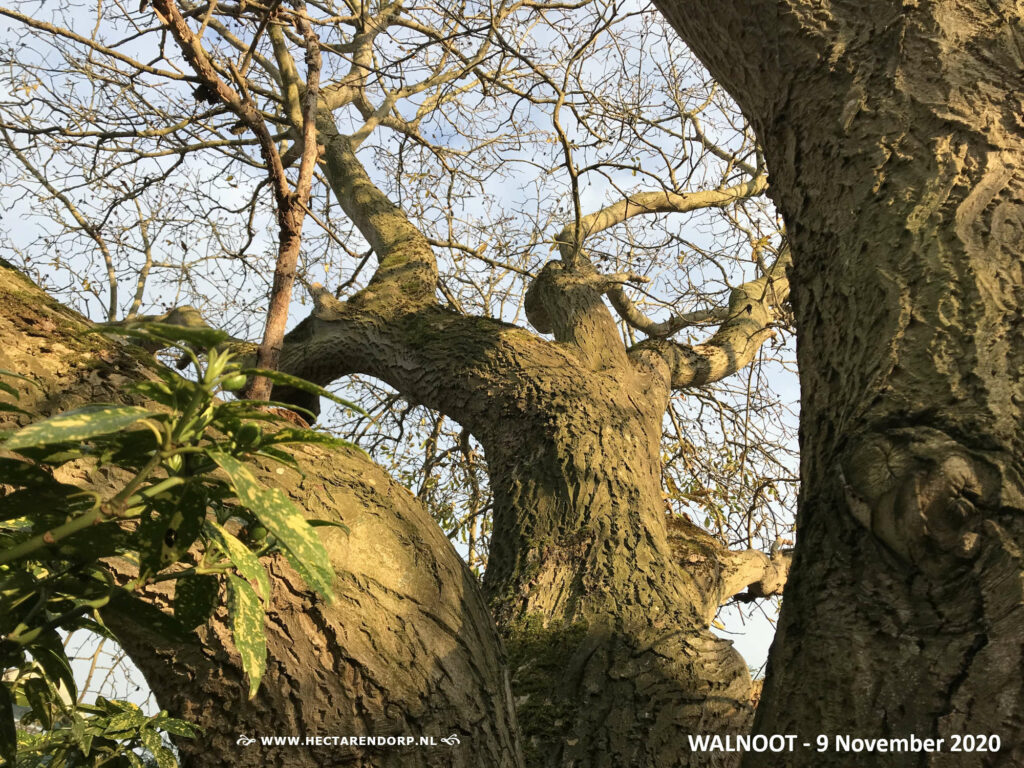
This is the same walnut tree in early November. The tree is decidious, it loses its leaves in the fall. The size of the branched trunk is now clearly visible. At knee height the trunk measures no less than 3.60 meters in circumference.
YIELD OF FOOD TREES
How many nuts does one nut tree produce? Just to give the example of the walnut tree above. This is about twenty meters high with a crown width of 10 meters. At full maturity, the tree can produce about 1,000 walnuts. That yields about 50 to 80 pounds per tree (nuts in shell).
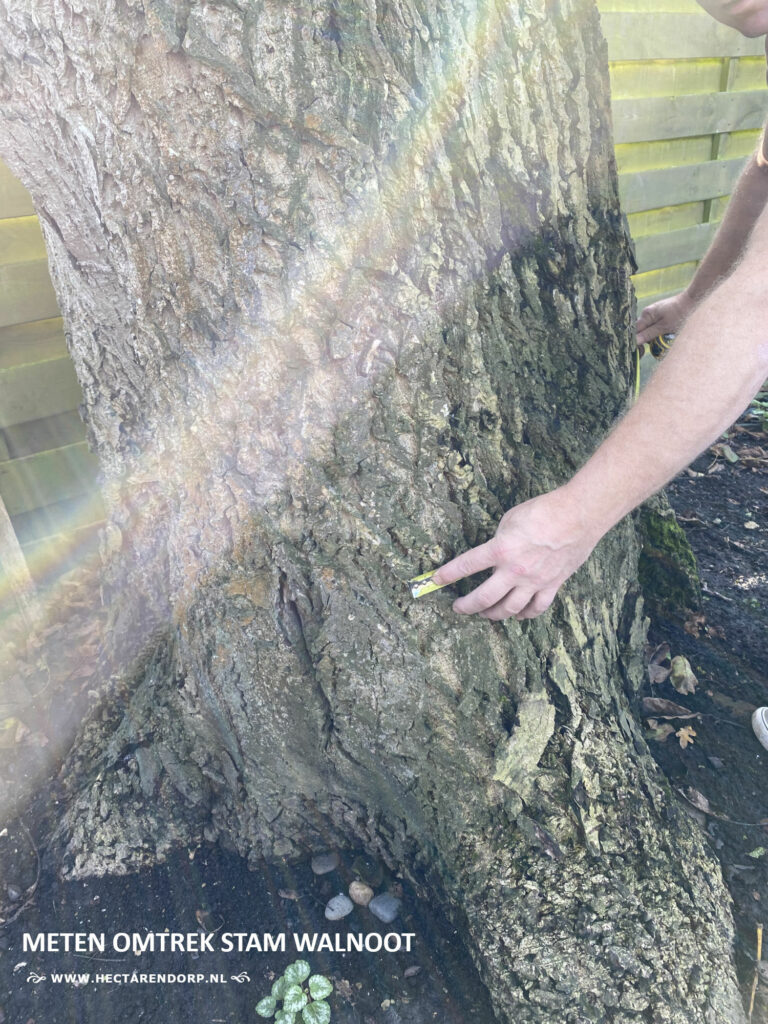
HARVEST SURPLUS
Suppose you have 10 walnut trees on your acres, that would be 500 to 800 pounds per year, and 70,000 to 112,000 pounds per acre village if all 140 family homesteads have 10 walnut trees.
The yield obviously also depends on the type of walnut, the climate and tree-management practices. Ditto for chestnut.

A good quality oil can be made from walnuts (contains a lot of omega 3 and is good for the brain).
Chestnuts can be ground into flour for bread. But they can also be eaten straight, roasted in a fire and then topped with butter and salt and pepper. Anyone who has eaten them knows what a delicacy it is!

In addition, bees benefit from the blossoms of the trees in the spring. Chestnut-blossom honey has a very deep aroma.
In the longer term, nut-trees are also future sources for good quality wood!
A standard apple tree that is several decades old will certainly produce around 200 to 500 apples per tree. The amount is much lower for low-stem apple trees.
Incidentally, as far as apples are concerned, there are no longer any original standard apple trees. The genetically manipulated and grafted low-stem trees take up relatively more ground-space in relation to the yield.
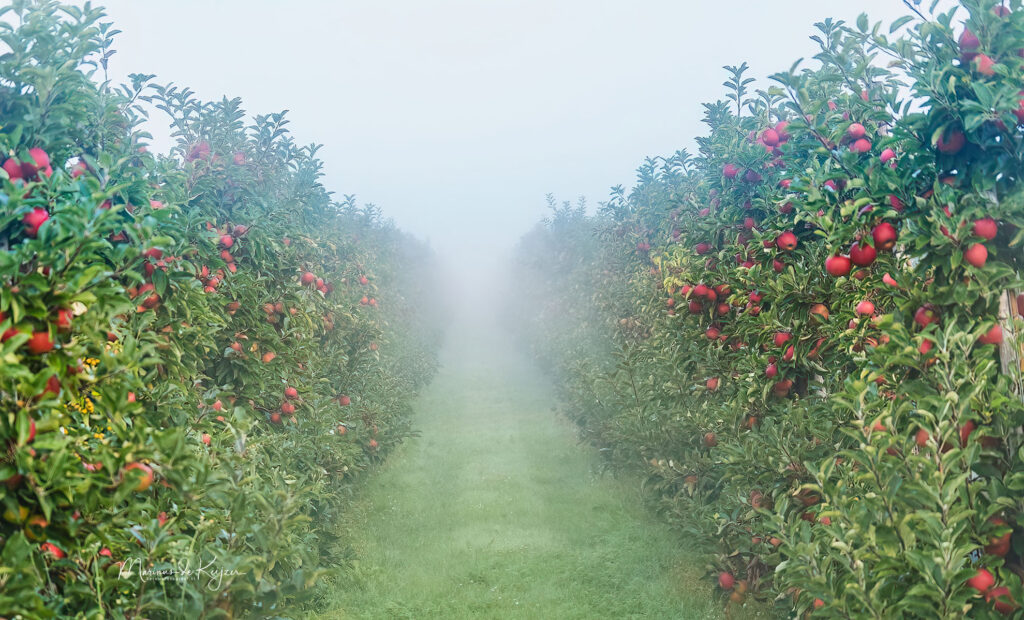
But one can also bake a lot of apple-pies from the yield of low-stem apple trees! And if one lives in the Netherlands, one doesn’t necessarily have to import those apples from the other side of the world, such as New Zealand for instance, what is often the case nowadays. Evidence by the photo above of an apple archard on Dutch soil!
INTERIM ADMINISTRATOR
Lets get back to the World Value Bank again. Next question: If the bank is not the ‘owner’ of the land, then what is it?
The World Value Bank is ‘interim manager’ or administrator if you will. The bank manages land when it is declared free at the World Value Bank and has become available for the establishment of a family estate.

The bank also acts as an interim administrator when family land is transferred to another family, or when it can be assigned to a new administrator through succession. All new managers and/or new hectare plots as family domains are registered with the bank. The bank may not use the land commercially.
The interim manager also registers the free land at the Land Registry and makes the map available online for those registered to view (who have submitted a plan).
RENT, LEASE, SALE
What happens when free land is registered with the World Value Bank? It can no longer be rented, leased or sold.
In the future, if one wants to establish a new family-homestead elsewhere, one must therefore register for this new ground. One can then no longer sell the land on which one lives in order to buy new land. But is is possible to exchange.
After all, the land is not owned by the manager, nor, as stated earlier, by the bank. But the bank is the authority for granting the land.
To say it one more time in a different way: The land is therefore not ‘on loan’ from the bank, because the land does not belong to the bank.
This is part of the New Earth.

The soil is the Divine basis on which we humans, animals and nature may live in harmony with each other.
So the bank forms the coördinating principle to regulate the above in good order.
DONATION OF LAND
Thus to summarize, plots of land can be donated to the bank, after which it can be granted by the bank as ‘free land’ for family domains and may no longer be sold, but can be exchanged.

All free land is thus registered as a collective good, which is given under management per hectare to a manager or administrator of the family, who then sets up a family domain with succession.
DONATION OF MONEY AND GOODS
If people want to donate land and goods for the establishment of hectares-villages, this can also be done via the World Value Bank. The donated land has a value of digital and cash money. This will become the property of the bank. However, this money can only be spent through funds to establish family domains and hectares-villages.
People can also spend their own money directly themselves. (Its a free world after all).
What percentage of donated money could be for the bank itself? For example, as an incentive for the bank to maintain and stimulate innovative initiatives?

After all, we are in a transitional phase from a regulated economy with a profit motive, to a value-based economy with abundance for everyone. Is a percentage of 10% an option?
For example, this can be used to pay for staff and equipment (such as computers and printers). (This 10% is just a number, what kind of calculations can be made about what a fair distribution key is for the donor of land? In other words, in relation to his or her wishes for the returned services from the bank?).
SUPPLY AND DEMAND
The remaining 90% money and goods are brought in via the supply and demand system. There is a priority list where this money and these goods can be spent.
For example, in a time of food scarcity and transition to an ecological system that retains its value, all resources will be used. These can by used for instance to improve the soil, create organic quality compost, make seed available, and take care of mechanical resources available free of charge. The latter can be ploughs, tractors, wood chippers, water irrigation systems, the construction of water reservoirs, even the purchase of rain barrels, and hand tool.
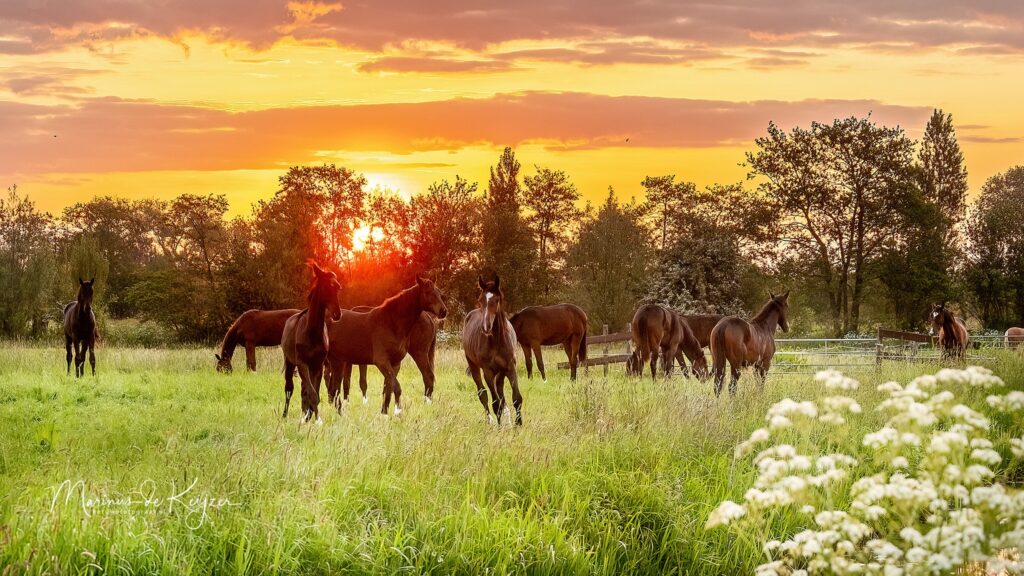
The tools mentioned can also be second-hand equipment. For example agricultural machinery made available by farmers or producers, which can be ordered for a rental price or on loan, as well as for maintenance and repair costs.
And what about the use of horse-drawn carriages? Who knows, more people will start using these in the future. They might want to make use of the carriages just for the fun of it. Or… if there is a need for it! For instance in the event of a shortage of petrol, oil and gas.
INSTALLATION OF INFRASTRUCTURE, CENTER AND MARKINGS
Another example of the use of money and goods is the construction of infrastructure in the kins-domain villages and settlements. These can be the road around the village (connecting to the surrounding area) and, for example, two main access roads.

If necessary, bridges and parking spaces can also be constructed from a fund. On the main roads these must be suitable for cars, buses, horse and carts, mopeds and motorcycles. But for narrower passages these can also be smaller bridges (for instance in between two family-grounds).
CONSTRUCTION CENTER
What kind of money can be spent on the construction of the center? This includes, for example, a number of accommodations for collective use.
Think of a marketplace, part of which has a roof, various spaces such as schools, meeting rooms, catering (varying from restaurant to coffee, tea house, and lunchroom), or a doctor’s practice.
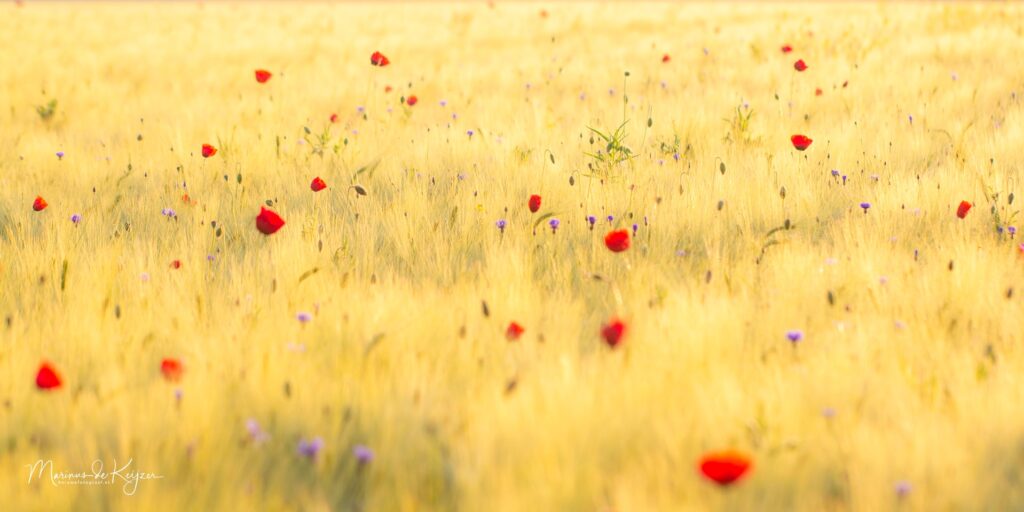
Only companies or organizations may be established in the center that serve the general goals of the residents of the kin-domains village and the surrounding area.
In addition, what do you think of a cascading fountain in the center or elsewhere in the village? Wouldn’t it be nice to have the water flow over a rock formation?
Or gazebos here and there where people can get together. And what other creative expressions can the residents of the village co-create? Art and beautiful architecture is also preferred by many!
MARKS AND DEFINITIONS
Could there also be a fund for the construction of all markings in the village? This concerns markings around all family domains and the main roads. These can be concrete posts (as they are now also used for garden fences). It can also be signage posts lower in height, or natural stone such as small rocks for markings.
The purpose of the markings is to demarcate the land, thus to record to what the land belongs to. These can be the family domains, or the central hectares of the village. They can also function as signage on strategic intersections.
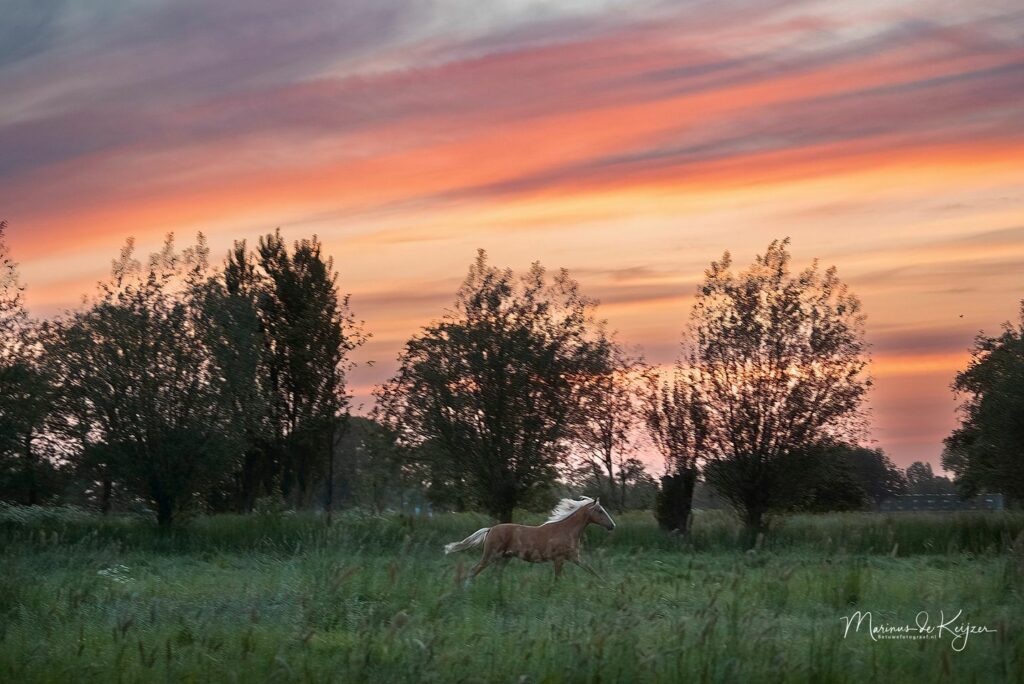
Through the Bank there may also be access to a register of who is responsible for the demarcated grounds. For the family domains, these are the adults who manage the hectare plots, and for the central hectares and access roads, this can be the village board.
NAMING WORLD WORTH BANK
The World Worth Bank has the same abbreviation ‘WWB’ in Dutch, German and English, respectivly: Wereld Waarde Bank, Welt Wert Bank, World Worth Bank.
English is of course important as many of the Commonwealth countries worldwide have English as their official language. In Dutch this is called ‘het Gemenebest’.
With 56 sovereign member states, this constitutes one third of the world’s population with approximately 2.5 billion global citizens, of which more than 60% are under 29 years old.

The states include both advanced economies and independent developing countries in Africa, Asia, the Americas, Europe, and the Pacific, such as India.
The countries are supported by a network of civil, cultural, intergovernmental and professional organizations. Here’s a map of
The Commonwealth.
VALUE, VALEUR, VÄRDE
In many other European languages, the word Worth or Value starts with a V, such as (also) in English: Value, or in French: Valeur, in Swedish: Värde, Norwegian: Verdi, then Spanish & Catalan & Portuguese: Valor, Italian: Valore, Bosnian: Vrijednost, then Danish: Vaerdi, Romanian: Valoare.
Of course there are also many languages that have other initial letters, but the countries mentioned above are a large common denominator for the abbreviations to be used.

By the way, the Dutch word ‘waarde’ for ‘worth’ has the same meaning in Afrikaans. Languages other than the Roman and Germanic languages, have a different alphabet and other characters, and a translator must be involved for us in the West.
These are the Slavic languages, such as Russian and Polish, or Eastern and Asian languages such as Arabic and Chinese and Indian.
REGISTER WORLD VALUE BANK
Is it an option to also become a member of the World Worth Bank? For example for 10 Euros, Dollars or Pounds? This money could then be used to set up the bank. It is ‘principle money’, which means that one is a member of the bank for its principles.

In the start-up phase, you will not receive material value for that tenner, unless fate determines otherwise.
BANK CARD WWB
And what do you think of the idea of a bank card with the WWB logo on it?
The bank could send a document with the bank-card on it by e-mail. When printed or pasted on sturdy paper, it might even look more official. One can keep it in ones wallet and share it with anyone who is interested.
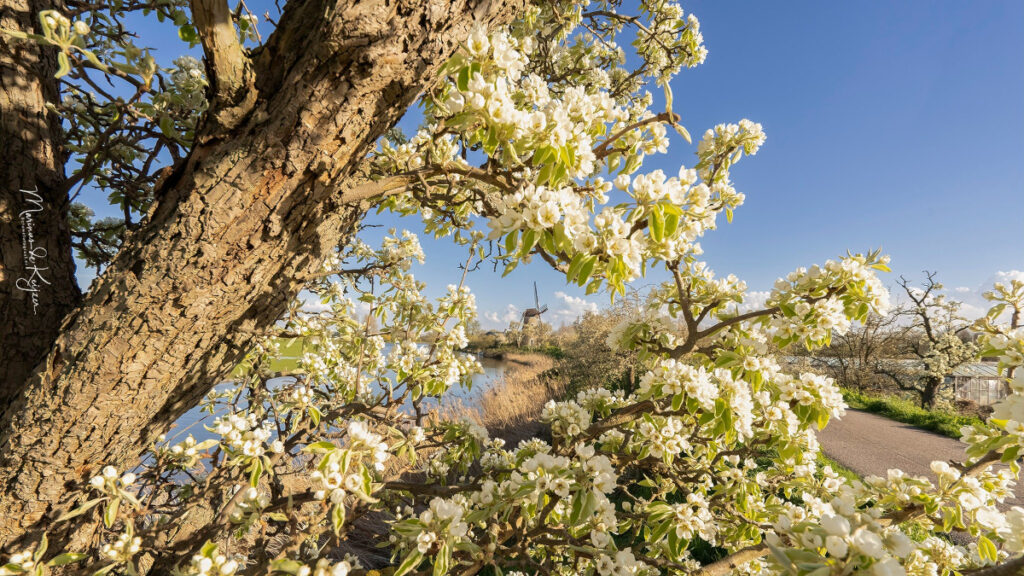
The bank card functions a little bit as advertisement. It is about planting a seed of thought. The seed from which a young plant can grow, such as the young sapling on the logo! Even if someone sees the card only sideways, and appears not interested, that’s totally fine!
They might be even thinking to themselves ‘it will never be’. But that is totally fine as well! They might alter their thoughts later on. So just keep smiling!
(even if you can no longer pay your energy bill, medical costs or rent, or when you do, you’ll have nothing left to buy groceries. Also if you’re not on time to pay the bills, because there’s not enough saldo on your account, and you’ll get a fine for paying too late. Who cares!? So how’s that!?).
REGISTRATION WISH
After transferring the tenner, one could also register the wish with the bank to set up a family domain. So this will also lead to taking responsibility for managing one hectare of land. How does the registration procedure work?

So how can one indicate in which area one would want to set up their family domain, thus on the actual hectare-parcel? And would it be interesting if one can add a plan to his or her registration? So the moment when free land becomes available for the establishment of a family domain, one knows in what area and how to handle.
PLAN WITH MAP
For example, a folder could be sent in advance with a map, and a number of questions to fill in, with which to submit the plan.
When the plan is approved, one can officially register as available manager of a family domain for a hectare-parcel.

Does registration and submitting the plan therefore guarantee the acquisition of land?
Well, that depends on how much land becomes available, and how many applications there are.
It must also be determined if the plan is feasible, and achievable in relation to the right measure of things!
Only one application may be submitted per family (also one per couple or as a single man or woman).
A confirmation of the application could be made as an official document on special paper. It could be sent by registered mail. You will then be able to access data from the database, seed bank and food bank as soon as they are set up. These are still ideas, so no rights can be derived from them as of yet.
DONATE TO THE WORLD VALUE BANK
Can one also donate to the bank because of the charities it achieves? Yes, this can be done in many ways. Various funds are created. So one can donate labeled.
GREEN DESTINATION
As a family domain, the land is automatically given a green destination. But how green is green? To summarize again, each hectare (2.4 acres) is lined with trees. And about half of an acre of forest has been placed on it (a quart hectare). There are also hundreds of shrubs and bushes.
And there is a large pond or small lake, as well as crop cultivation or pasture.

That is the difference with, for example, the construction of an industrial estate or the expansion of an already large city with even more suburbs and endless conglomerations made of concrete.
INHERITANCE AND TAX REFUND
One can also donate by leaving an inheritance, or perhaps also as a charity for tax refunds?
For example, the land you already own can be converted into a family domain. It can be an area with several hectares and thus more domains. So one guarantees the future of children and grandchildren in the social setting of a family-domains village!
WHERE DOES THE WAY LEAD?
What about the idea of giving people financial support to set up their family domain? Costs must also be incurred each year for cultivating half a hectare for food production.
For example, half or three quarters of the hectare can be allocated to agriculture, or small-scale livestock farming with a few sheep or goats.

Large cattle such as cows, horses and pigs are kept on the outskirts of the village. Or better even, on pastures outside the perimeter of the village. This is because these larger animals need a lot of space to live and they need a suitable invironment as well, such as grassland.
That is also the case for the larger wildlife such as all predators, wild pigs and deer. These should remain outside the village.
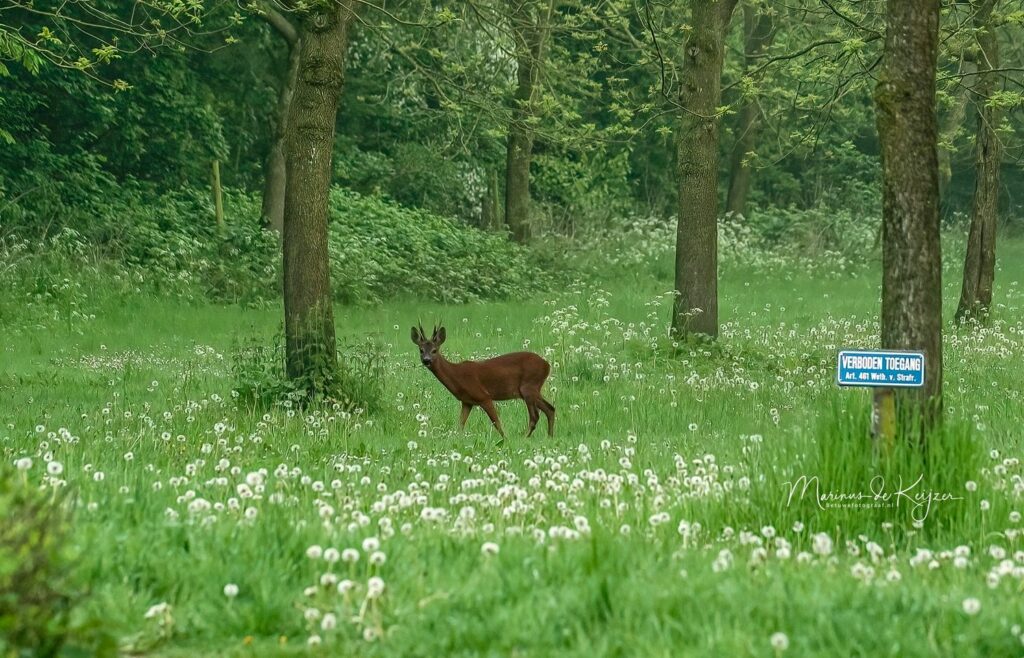
It may be possible for the densely built-up situation in the Netherlands with lots of concrete-agglomerations and little nature, to somewhat meet the migration-needs of both livestock and wild animals.
This could be done by constructing special hiking trails or bridle paths on some roads and transit routes in the village, as you sometimes see in wooded areas.
Other support through funding by the Bank can consist of a donation of good quality plant- and tree seeds. These must be naturally pristine in origin, so no genetically manipulated material.
Machines and raw materials can also be donated to cultivate the soil. One can also donate money for families to purchase the aforementioned goods.

ANIMAL CARE
Another example: One wants to create a shelter for horses in a hectares-village. These horses can be utilized to move goods by horse and cart, but also to drive residents and visitors around.
Stables are built through the fund, and various riding trails are laid out, as well as connecting roads to other hectares-villages.
In this way, the horses live more in nature. Their need for vast migration space is also met. But this is controlled to a certain extent for small countries such as the Netherlands. After all, we don’t have large-scale prairies.

This also applies to all other animals that one wants to keep. Whereby it should also be noted that all young animals are allowed to grow up in the village. This includes all male animals, such as roosters, bulls, goats and boars. Both male and female animals are allowed to lead a full life and an animal fulfilling life.
Ideally, the feed for the animals of the country comes from the environment they roam in.
Such as hay and proteïn-rich produce, for instance lupine-beans. Thus we do not need animal feed from the other side of the ocean. Can you imagine how that used to be regulated on an old-fashioned farm, like 100 years ago?
A DIFFERENT FOODBANK
Another example. There is a food bank in the village that collects food produced in several surrounding villages and farmland. A hectares-village can therefore be a central distribution point. This food bank consists of high quality food that every person can consume a part of.

CONSTRUCTION OF SILOS
Could a fund be used for the creation of storage areas? What comes to mind are silos with good ventilation and temperature control. And there must be protection against vermin and rodents.
Immediately after harvesting from mid-summer and early autumn, the food is stored here, and can be stored through the winter and spring. Or it is released earlier, for example for processing into products such as jams, oils, compound flours, and so on.
The silos can also be used to store grain, dried fruits, nuts, etc., as well as hay, wood chips or sawdust, and manure for composting. Other foodstuffs such as animal products and fresh produce must be kept frozen or be stacked in a cool area.

Ideally, the silos are made of materials from nature, but recycled plastic is also an option for the transition. This is due to the lack of natural materials in the vicinity, such as wood. There’s a scarcity of trees nowadays in the Netherlands, and also in many parts of the world due to intensive logging and forest fires.
Recycled plastic stackable crates can also be purchased from the fund for the storage and transport of products. The advantage of these is they are light in weight and can be stacked easily.
CABLING AND ENERGY SUPPLY
If not present, cabling can be installed for television, internet and telephone. The energy supply is a question that each village council will have to answer for itself. Applications can also be made for this and donations can be made for this.
Geothermal heat, for example, guarantees a constant temperature in the winter (which has priority in terms of investment for heat supply).
So far a few initial ideas for the World Worth Bank.
Who knows one day it’ll happen!
Another encouraging iniative for substantial change for our economy is from the Dutch
Jan de Dood and Marieke de Vrij with
The Future of a Truly Stable Economy
High Regards,
Margreet Otto Wilschut

Return to MENU
